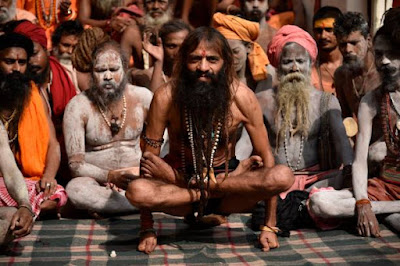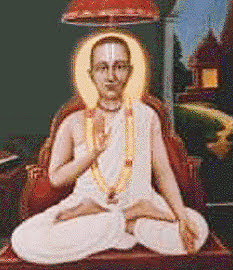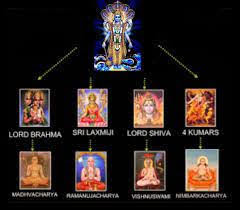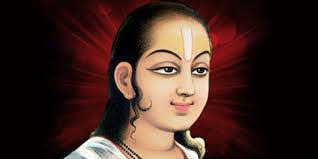One of the Bairagi Naga ascetics' four branches (sampraday).
Bairagi refers to ascetics who are worshippers of the deity Vishnu (bhakta).
The term Naga refers to a class of martial ascetics who were
hired to guard the other Bairagi ascetics, who couldn't protect themselves
since they were holy, intellectual men.
The Bairagi Nagas were divided into several anis, or
"armies," in a military-style organization.
The Nagas' primary occupation until the beginning of the
nineteenth century was as mercenary soldiers, though they also had significant
trading interests.
The Nagas were known for lending money at interest, trading,
and owning large amounts of land.
They were especially powerful in areas where the country's
centralized government had crumbled.
In modern times, their roles as mercenaries and merchants have largely vanished.
The Rudra Sampraday can trace its spiritual lineage back to
Vallabhacharya, the philosopher, and Vishnuswami, an earlier religious teacher.
- Vallabhacharya's followers are mostly householders rather than ascetics; Vallabhacharya was married and had a large family.
- It is the smallest and least important of the Bairagi Naga sampradays, and the only time it is mentioned is during the Kumbha Mela's bathing (snana) processions.
You may also want to read more about Hinduism here.
Be sure to check out my writings on religion here.






